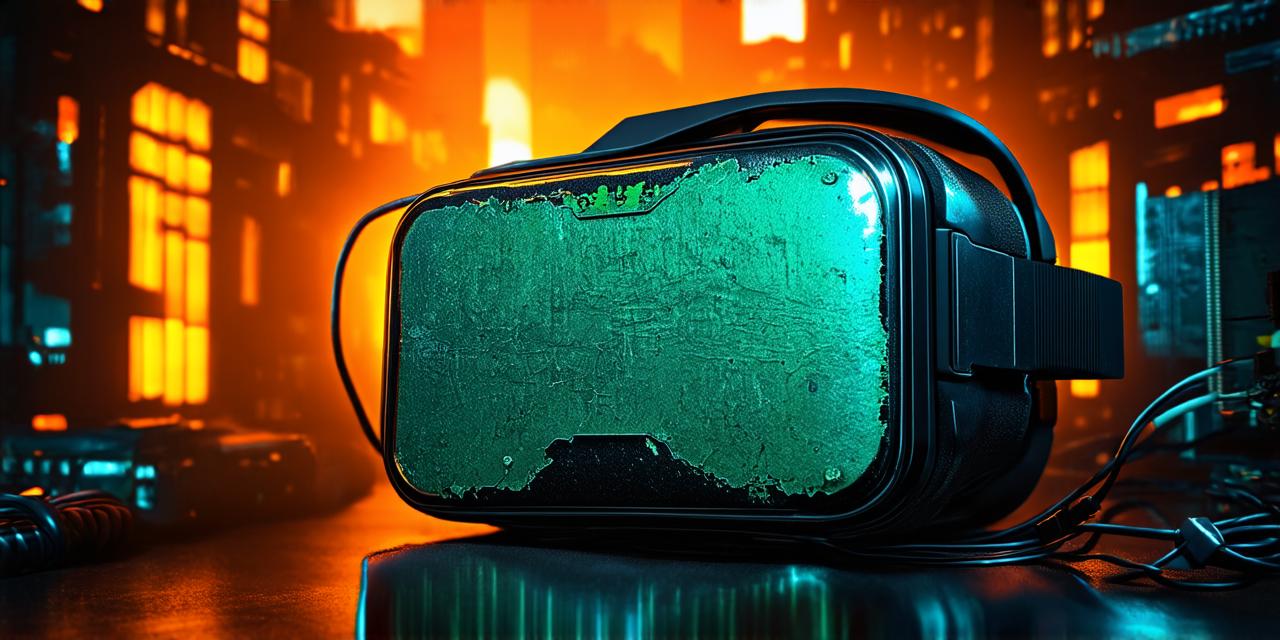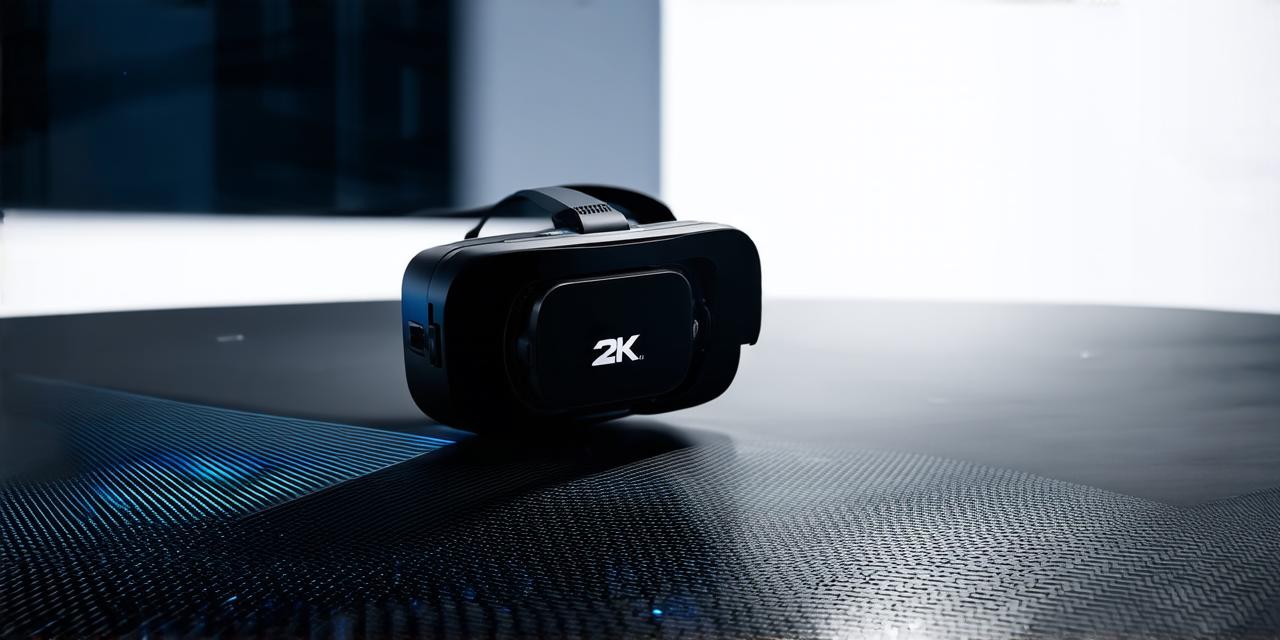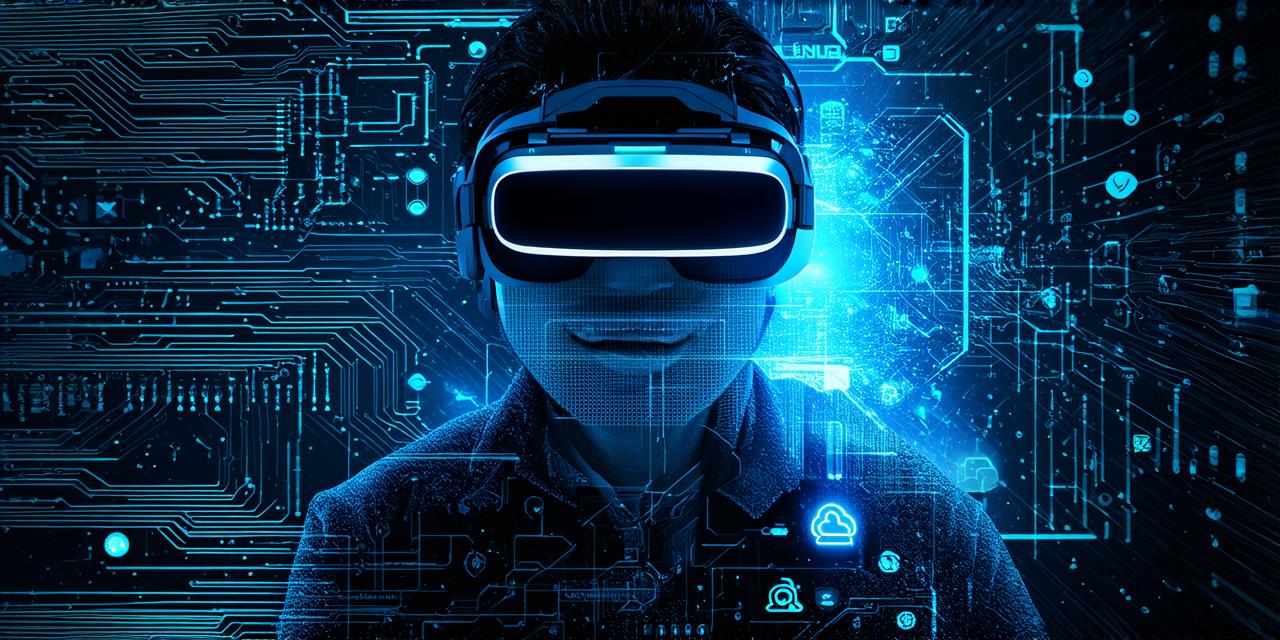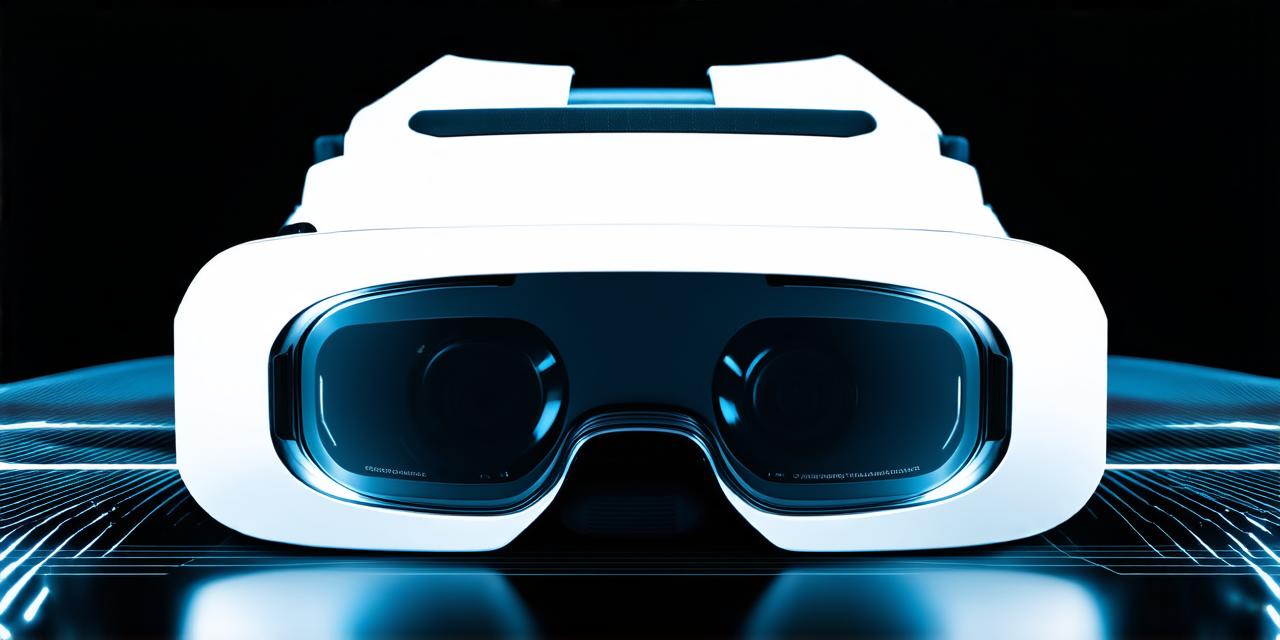Virtual reality (VR) is a technology that allows users to experience immersive, interactive environments in a computer-generated world. While VR has become a popular and increasingly accessible technology in recent years, its origins can be traced back decades. In this article, we will explore the history of virtual reality and how it has evolved over time.
Early beginnings
The concept of creating immersive environments for users dates back to the 1960s, when researchers first began exploring the potential of computer-generated simulations. One of the earliest examples of VR was the “Sword of Damocles,” a device developed by Ivan Sutherland in 1968. The Sword of Damocles used a head-mounted display to track the user’s movements and project an image onto a screen, creating the illusion of being in a virtual environment.
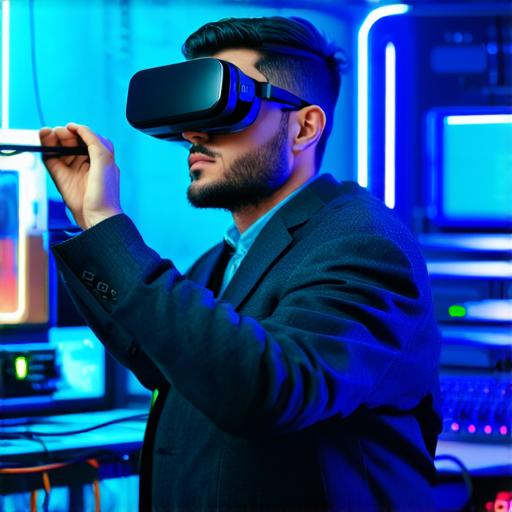
The 1970s and 1980s saw the development of more advanced VR systems, such as the “Head-Mounted Display” (HMD) and the “Data Glove.” These devices allowed users to interact with virtual environments using hand gestures and movements, further enhancing the immersive experience.
The 1990s and beyond
As technology advanced, VR became more accessible and affordable, leading to its widespread adoption in various industries. In the 1990s, companies such as Silicon Graphics and Sega began developing VR systems for gaming and entertainment purposes. Meanwhile, researchers at universities and national labs continued to explore the potential of VR for training and simulation applications.
In the early 2000s, the development of wireless HMDs and more powerful computing hardware made VR more practical and convenient for everyday use. Today, VR is used in a wide range of applications, from gaming and entertainment to education, healthcare, and manufacturing.
Summary
In conclusion, virtual reality has come a long way since its early beginnings in the 1960s. From the Sword of Damocles to modern VR systems, the technology has evolved significantly over time. Today, VR is an integral part of many industries, offering users immersive and interactive experiences that were once the stuff of science fiction. As the technology continues to advance, we can expect to see even more exciting and innovative applications of virtual reality in the future.
